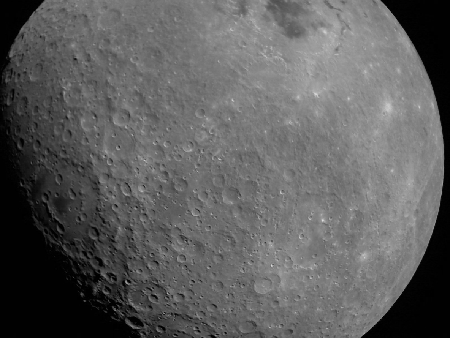Three stories today illustrate once again the incompetence, idiocy, and inability of practically anyone in our federal government to get anything done sanely and efficiently and with success.
In the past half century that federal government has saddled the American people with a debt that is crushing. In that time it has also failed to do its job of properly enforcing the law to control the borders. It has spent trillions on social problems, only to have those social problems worsen exponentially.
I could go on. The problems imposed on American society by our failed ruling class in Washington since the 1960s is myriad. In the area of aerospace and space exploration, my specialty, the following three stories today alone demonstrate again that continuing track record, with no sign that anyone in Washington recognizes how bad a job they are doing.
First we have incompetence and idiocy by Congress. The first story outlines how our sainted lawmakers have mandated by law that the Europa Clipper mission to Jupiter’s moon must fly on NASA’s SLS rocket and “launch no later than 2023.”
This legal requirement, written into the appropriations bill, was imposed because the SLS project is being managed from Alabama, and Senator Richard Shelby (R-Alabama) wants that rocket to get some work to justify this pork to his state. The requirement was further pushed by former Texas Congressman John Culbertson, who has a special place in his heart for Europa, and has specifically imposed that mission on NASA.
Shelby’s demand is especially egregious and makes little sense. First, even after twenty years of effort, NASA will likely not have that rocket available in 2023. Second, the cost to use SLS is about $4 billion per launch (not the fake $1 billion number cited in the article). A Falcon Heavy rocket could do the job for $100 million, which would more than pay for the extra operating costs incurred because it will take the three more years to get to Jupiter.
To deal with this conflict, NASA is presently doing as much lobbying as it can to get Congress to change the time limit, or to allow them to fly the spacecraft on a Falcon Heavy. Not surprisingly, Congress is resisting, even though their position makes no sense and will likely cost the taxpayer billions unnecessarily while likely delaying or even impeding the mission itself.
The article as usual for the mainstream press is filled with misconceptions and errors that are all designed to make any change in this Congressional act seem a mistake. These mistakes were all fed to the reporter by the powers in and out of Congress who oppose changing things, and the reporter sadly was not informed enough to realize this.
Next we have the incompetent and power-hungry federal bureaucracy, as described in the second article.
» Read more






